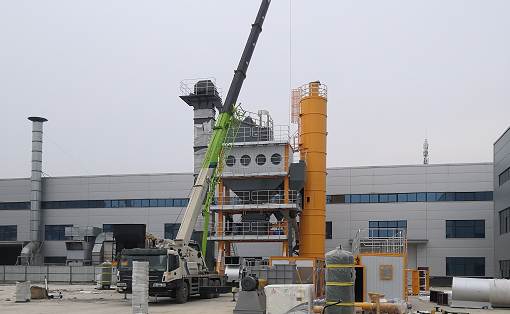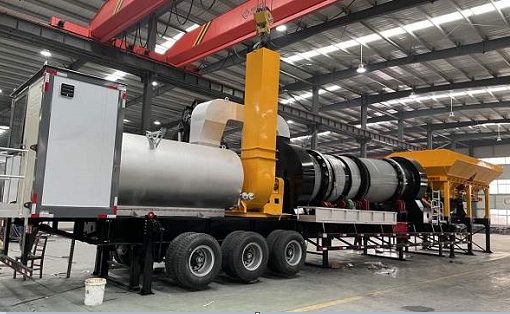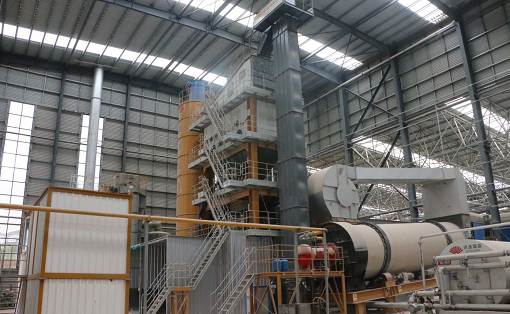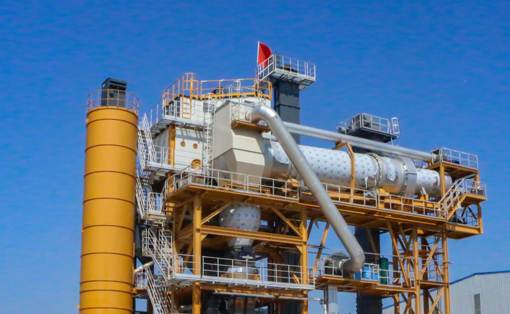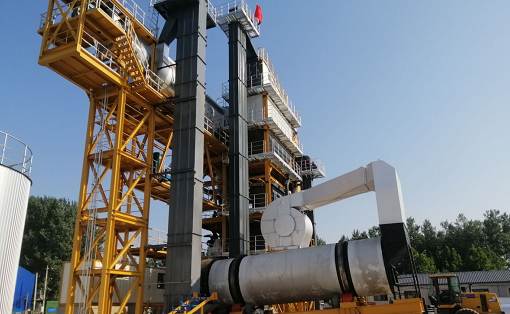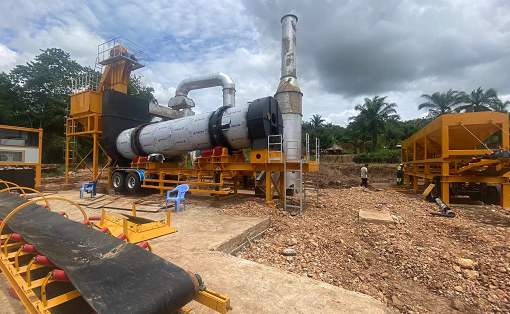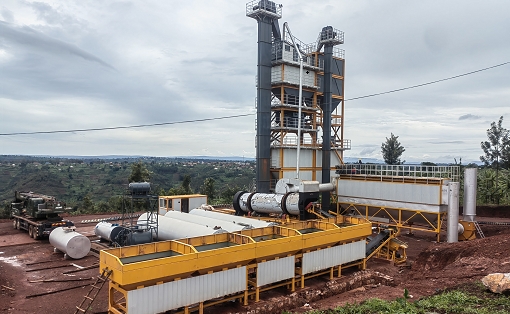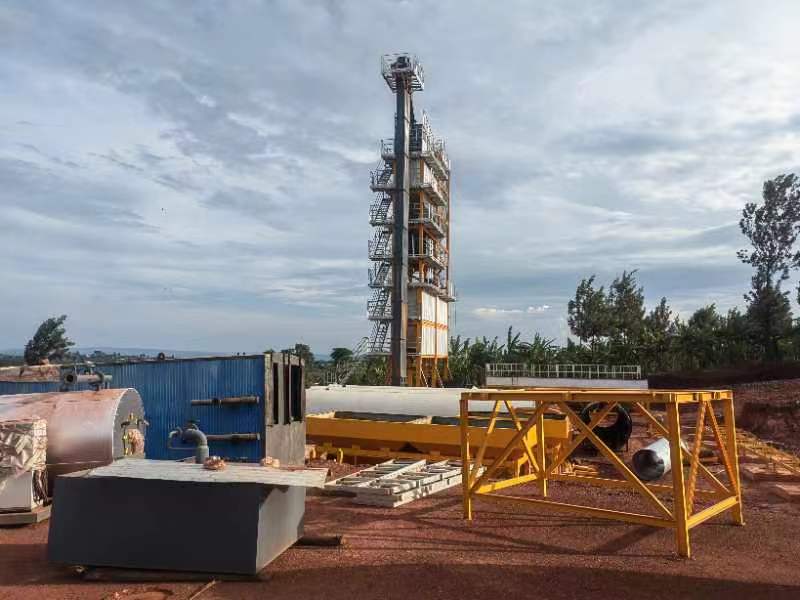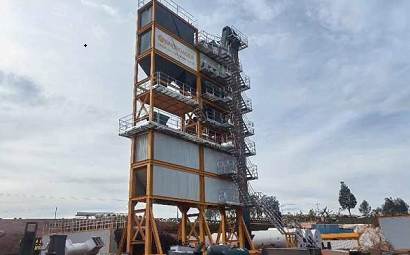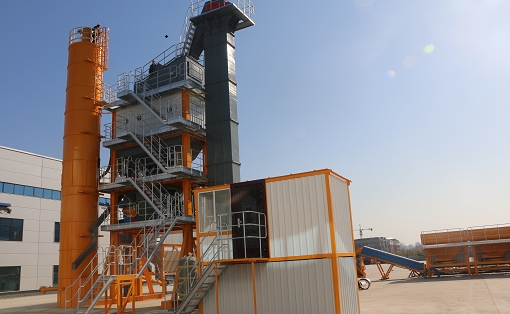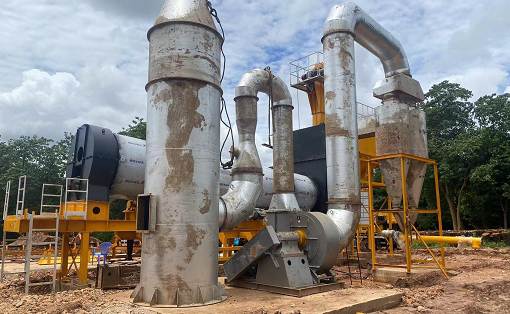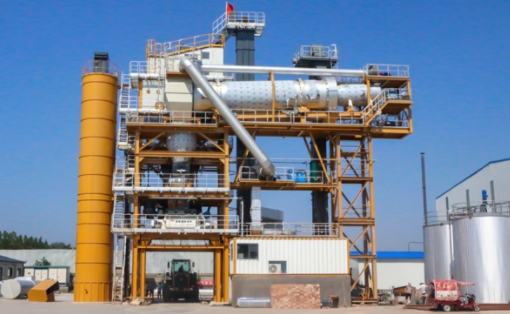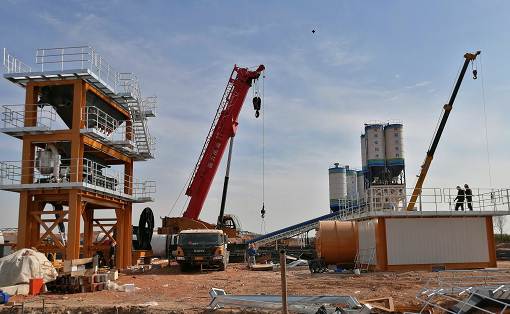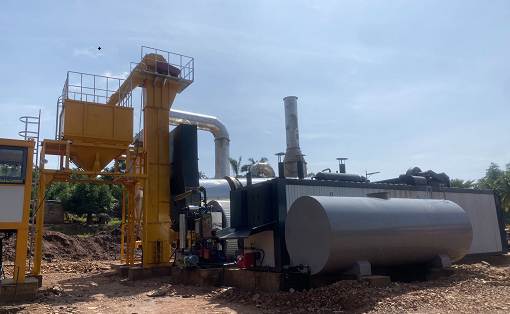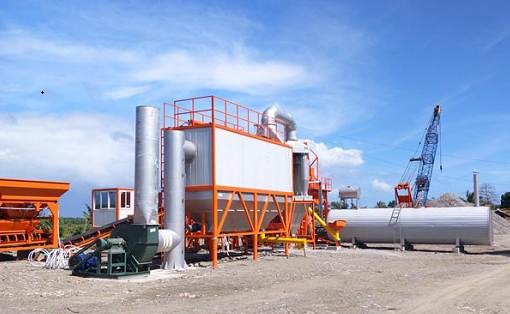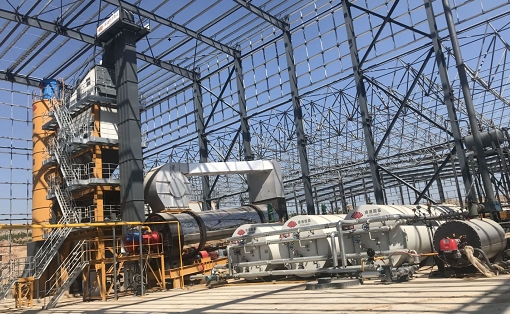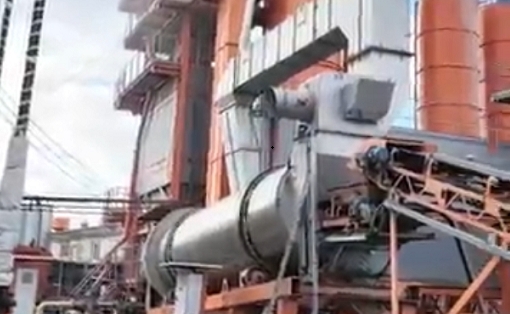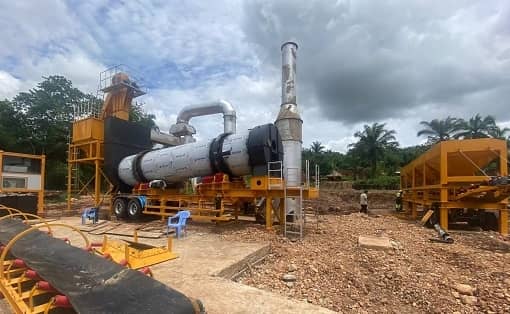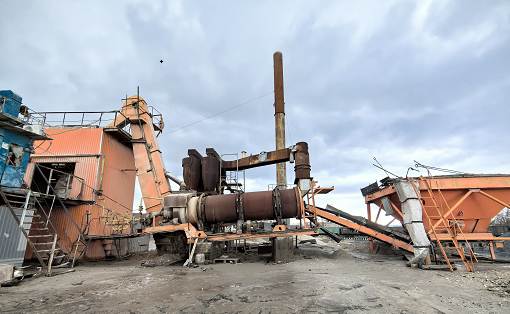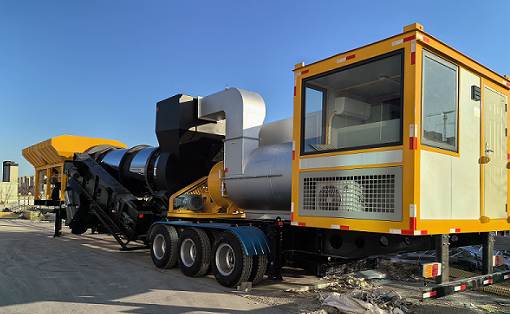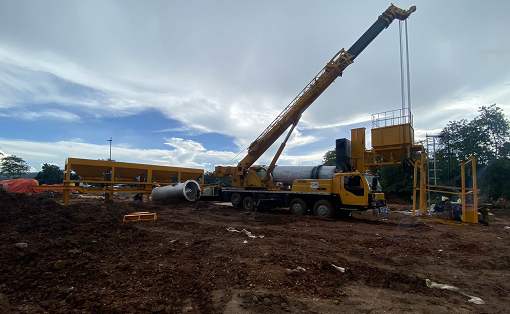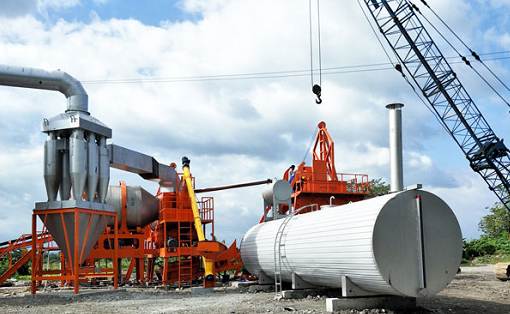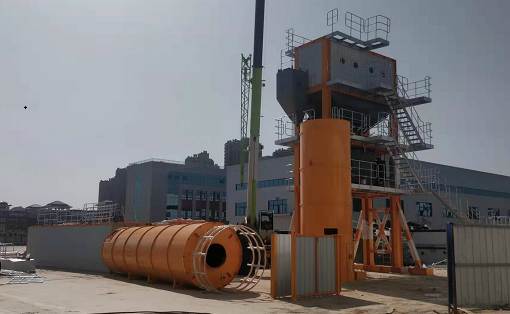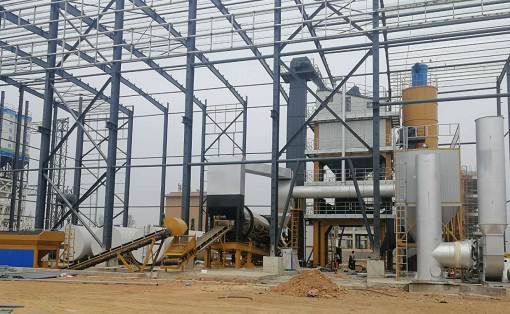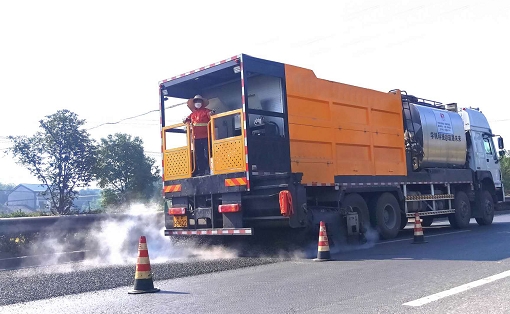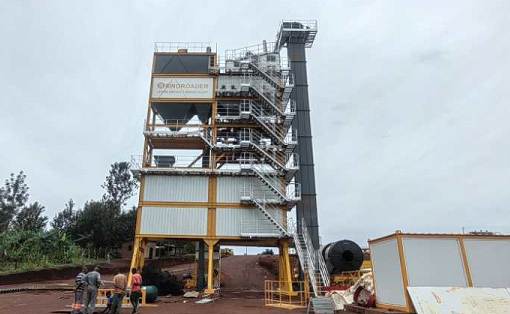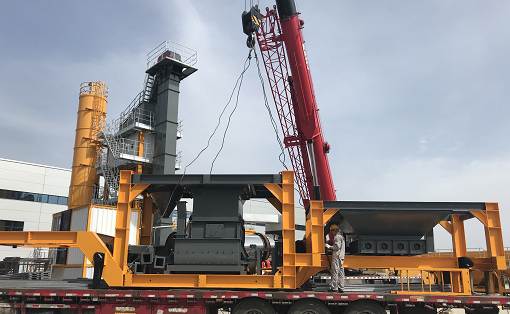Asphalt damage avoidance mechanism in asphalt mixing plant
Asphalt damage avoidance mechanism in asphalt mixing plant
1. Asphalt operators should undergo physical examination. Anyone suffering from conjunctivitis, skin disease or allergic reaction to asphalt should not engage in asphalt work.
2. Asphalt operators must apply protective ointment on exposed parts of their skin, and a first aid kit should be provided on the construction site.
3. The factory uniforms and protective equipment of asphalt operators are stored in a centralized manner and are prohibited from being worn home or entering collective dormitories.
4. The transfer of lumpy asphalt should usually be carried out at night and on cloudy days, especially during hot seasons. Small machinery should be used for loading and unloading, and it should not be lifted and transported directly by hand.
Asphalt damage avoidance mechanism in asphalt mixing plant
1. Asphalt operators should undergo physical examination. Anyone suffering from conjunctivitis, skin disease or allergic reaction to asphalt should not engage in asphalt work.
2. Asphalt operators must apply protective ointment on exposed parts of their skin, and a first aid kit should be provided on the construction site.
3. The factory uniforms and protective equipment of asphalt operators are stored in a centralized manner and are prohibited from being worn home or entering collective dormitories.
4. The transfer of lumpy asphalt should usually be carried out at night and on cloudy days, especially during hot seasons. Small machinery should be used for loading and unloading, and it should not be lifted and transported directly by hand.
5. When using a pump to pump hot asphalt in and out of the oil tank, workers should stay out of the way. When the buoy indicator reaches the allowed capacity, they should stop writing in full load operation in time. When encountering curves or downhill slopes, they should slow down early to avoid emergency braking. , always keep moving at a medium speed when the oil tank is not full.
6. All heating furnaces and equipment should be inspected, and all instruments should be intact. Pumps, valves, circulation systems and safety accessories should meet technical requirements, and overpressure and overtemperature alarm systems should be sensitive and reliable.
7. It is necessary to frequently check whether there are leaks, vibrations and abnormal sounds in the circulation system, regularly check whether the liquid level in the expansion tank exceeds the regulations, whether the sensitivity and reliability of the automatic control system meet the requirements, and dust accumulation should be removed regularly. .
8. When asphalt burns occur, immediately soak in cold water to lower the temperature of the asphalt, reduce the degree of skin burns, and facilitate early healing of the burn wounds; wipe with turpentine to maintain skin integrity, reduce the chance of infection, and shorten the course of the disease. , alleviate the patient’s pain.
9. Personnel who are exposed to asphalt should undergo regular physical examinations twice a year to understand the situation in real time and avoid the onset of occupational diseases.

